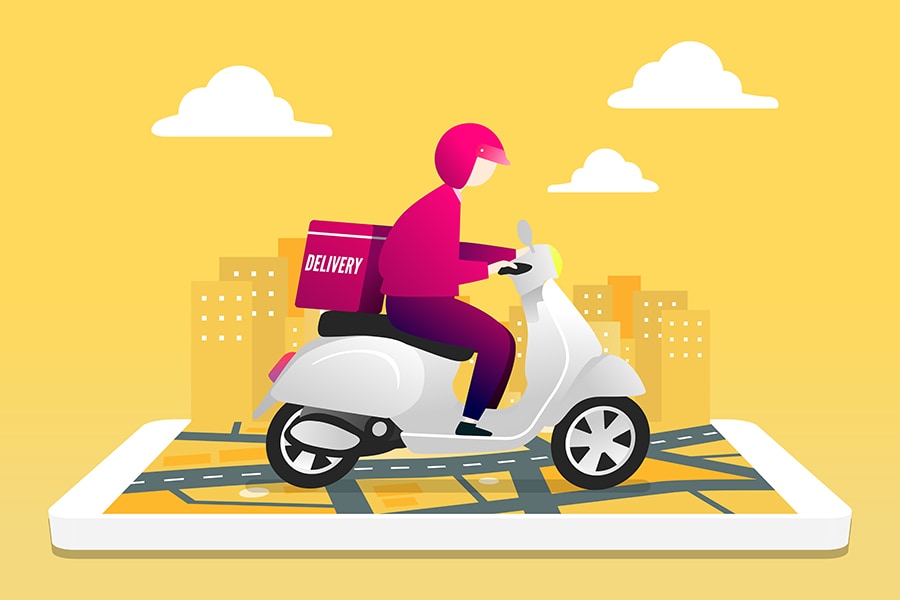
How quick commerce can become a game-changer in the ecommerce business in India
Understanding the true urgency of customers and finding the right balance between delivery promise time and availability of resources would help the Q-commerce service sustain and grow in the long run
 Today, with a few taps on the mobile phone application, groceries are delivered to the doorstep within 15-20 minutes, or even as quickly as 10 minutes
Image: Shutterstock
Today, with a few taps on the mobile phone application, groceries are delivered to the doorstep within 15-20 minutes, or even as quickly as 10 minutes
Image: Shutterstock
Fading are the days when people drive to a nearby store, search for the required item on the racks, and wait for the payment to buy groceries. Today, with a few taps on the mobile phone application, groceries are delivered to the doorstep within 15-20 minutes, or even as quickly as 10 minutes. This is the power of quick commerce or Q-commerce, which has disrupted the ecommerce industry. Players such as Swiggy, Blinkit, Bigbasket, and Flipkart are establishing robust business processes for just-in-time delivery of products.
Why is quick commerce on the rise?
The traditional approaches to buying groceries have evolved from local Kirana shops to self-service supermarkets to online grocery shopping to a newly coined concept, quick commerce. Convenience, urbanisation, and busy lifestyles have altered consumer buying behaviour. Additionally, with the onset of the pandemic, social distancing and work from home norms have prompted consumers to opt for home deliveries. This change in buying patterns has incentivised ecommerce firms to develop express delivery business models.The quick commerce business model
The quick commerce business model typically involves a mother hub, distribution centres, and last-mile delivery stores or dark stores. These dark stores, or micro fulfilment centres, are small warehouses, 250-5000 square feet in area, carrying around 500-2000 unique items. These stores are strategically located closer to the consumers for rapid order fulfilment.Once the consumer places an order, fulfilling that order rapidly (for example, within 15 minutes) necessitates both upstream coordination of the dark stores with distribution centres and downstream coordination with the delivery logistics team. When order fulfilment process delays are costly, using data-driven demand estimation models and planning for warehouse receiving, put-away, picking, packaging, and delivery staff using demand estimates have become the norm to manage customer experience.
How can a dark store be more efficient?
In a typical warehouse setup, high-level activities include storing the items at the right location, replenishing the stock, picking, and packing the components as per the order, and final dispatch. In dark stores, order arrival to dispatch time should ideally not exceed five minutes (for a 15-minute promise time) so that sufficient time is left for the delivery agents to reach the consumer. Therefore, designing a lean system to avoid time losses in all process steps due to excess operator movement or item search becomes necessary for an efficient, quick delivery dark store.







